A lot of people are going nuts for almond butter … and rightfully so! The tasty spread (which is commonly referred to as peanut butter’s more nutritious relative) is loaded with protein, healthy fats, key vitamins, and minerals that help the body thrive. While it’s simple to pick up a jar of almond butter at the store, who needs all of the extra processed ingredients that many large manufacturers add to their products to extend the shelf life? Instead, why not make your own almond butter at home? You may be surprised to find out how easy almond butter is to whip up. Plus, when you make it yourself, you can customize it to fit your taste preference!
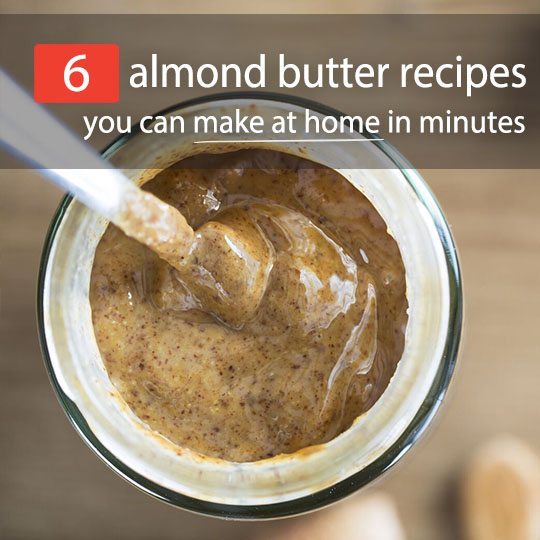
The best part about making homemade almond butter is you can control all of the ingredients that go into it. That means you won’t have to worry about refined sugar or refined table salt sneaking into your presumably “healthy” spread. The fact that you may save a few bucks by making it yourself doesn’t hurt either!
Once you whip up a batch of homemade almond butter, you can keep it in the refrigerator for a few weeks and use it as a dip or spread. I like to slather it on apple slices and dunk carrots into it. You can also add it to breakfast smoothies, overnight oats, homemade granola bars, no-bake energy bites, cookies, protein pancakes, and so much more.
Before we start planning out how we’re going to use our homemade almond butter, though, let’s talk about how we actually make it!
What You’ll Need
To make any of the almond butter recipes that I’ve included in this article, you must have a high-quality blender or food processor. When making almond butter, you will need to blend the almonds until they become a thick paste. That will take about 10-15 minutes, meaning your food processor will need to be running on high speed for quite a while. To avoid blender burnouts, try using something like a Ninja or Vitamix. These are just two examples of high-quality machines.
1) Traditional Homemade Almond Butter
This recipe calls for nothing more than two cups of whole dry-roasted almonds and some course sea salt (I personally prefer pink Himalayan Salt since it contains a few more minerals and is loaded with flavor – so a little goes a long way). When you toss the almonds into a food processor and begin grinding, you will notice the nuts morph from whole to coarsely chopped. Then, after a few more minutes, they become crumbly. At this point, you’ll want to stop the blender so you can scrape down the sides with a spatula. This will ensure any almond pieces that are clinging to the blender walls will be moved back down to the bottom of the food processor and ultimately hit by the blades. Once you turn the food processor back on, you will notice the almonds start to take on a paste-like appearance. The longer you blend the almonds, the creamier it will get. This transformation happens because the almond’s natural oils are releasing, forming “butter.”
Voila – you have almond butter. Seriously, it’s that simple! Watch it in action:
The Nuts:
So you don’t overload your almond butter with unnecessary amounts of sodium, use unsalted roasted almonds. Remember – you can always add salt to the almond butter during the blending process if you would like, but you can never take it away once it’s in there.
Additionally, while any roasted nuts will work, some brands roast their nuts for a longer amount of time than others. If you think the nuts taste too burnt before blending then you definitely won’t like the taste of the almond butter. Since the flavors become more concentrated after blending, make sure you are happy with the almond flavor beforehand.
To Oil Or Not To Oil:
While you may not need to add oil to your homemade almond butter, some people like to make it a tad creamier. Toward the end of your blending process, there is nothing wrong with adding a teaspoon or two of healthy, unrefined oil — like olive oil or coconut oil. Along with altering the texture, the oil will add some more healthy fats and vitamins to the mix.
While some recipes may call for vegetable oil, keep in mind that refined vegetable oils are far from healthy. As the name “refined” tells us, these oils are highly processed. The oils are extracted by high heat, pressure, and chemical solvents. Without getting too scientific, through processing the beneficial antioxidants, vitamins, and minerals are killed. Along with stripping the oil of its nutrients, potentially dangerous preservatives are also added to these oils to create a long shelf life. So stick with unrefined, extra virgin, and cold-pressed oils. Some great choices include olive, coconut, avocado, and flaxseed.
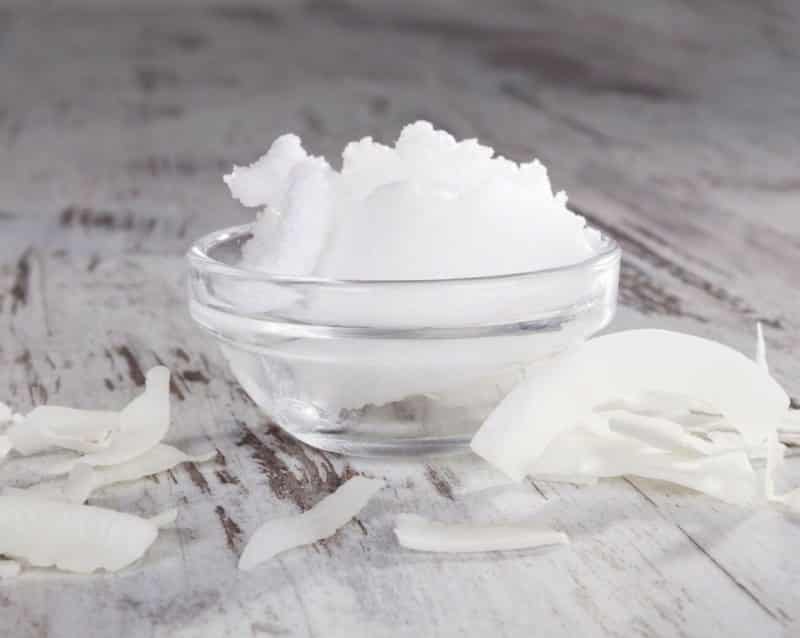
2) Honey Roasted Almond Butter
While the last almond butter recipe is extremely healthy, if you are someone who has a sweet tooth then it may be a bit bland for your liking. That’s where this recipe comes in handy!
Simply adding a little honey and coconut oil to your almond butter mixture will transform the taste from ordinary to extraordinary. It also bumps up the nutritional value since honey is considered a superfood that packs a strong nutritional punch. Along with its many vitamins and minerals, raw honey also promotes good gut bacteria. Did you know a healthy gut microbiome promotes a healthier you?
If you are looking to keep this recipe as healthy as possible, though, make sure to use a raw honey. Many of the honey bottles that line the shelves of your local grocery store are highly processed, meaning they offer little nutrients or health benefit. So, if possible, buy your honey at your local farmers market.
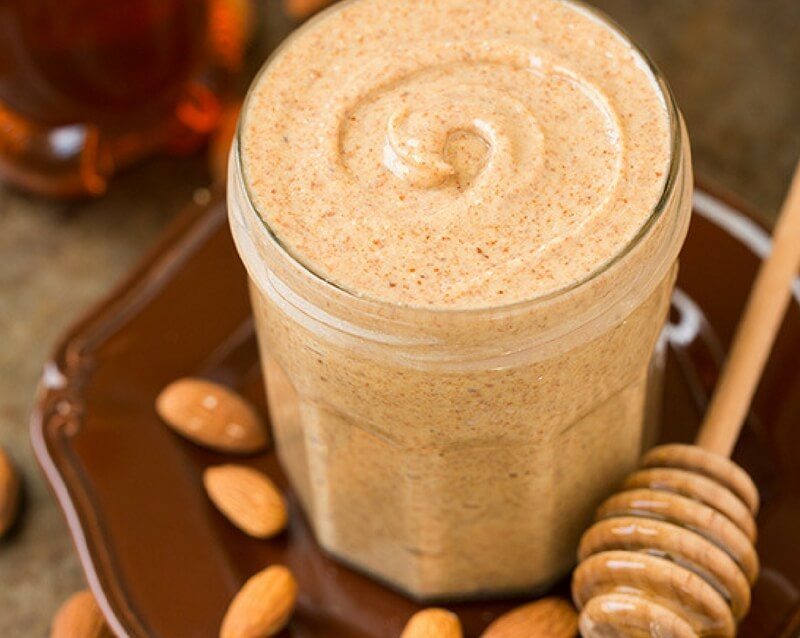
3) Chocolate Coconut Almond Butter
This is another almond butter recipe for the sweets lover! Using wholesome almonds, coconut oil, a little sea salt, and cocoa powder, you get a delicious and nutritious chocolate spread. If you don’t have cocoa powder on hand, you can also use dark chocolate chips. The darker, the better!
If you love sweets, but avoid chocolate because of the guilt you feel after indulging, then guilt no more! According to researchers, eating a moderate amount of dark chocolate on a regular basis has actually been shown to support heart health, improve brain function, reduce stress, and supports gut health. Keep in mind, though, these benefits are when consumed in moderation. So don’t down an entire jar of this chocolate coconut almond butter in one sitting and think you’ve done something positive for your health! Less is more.
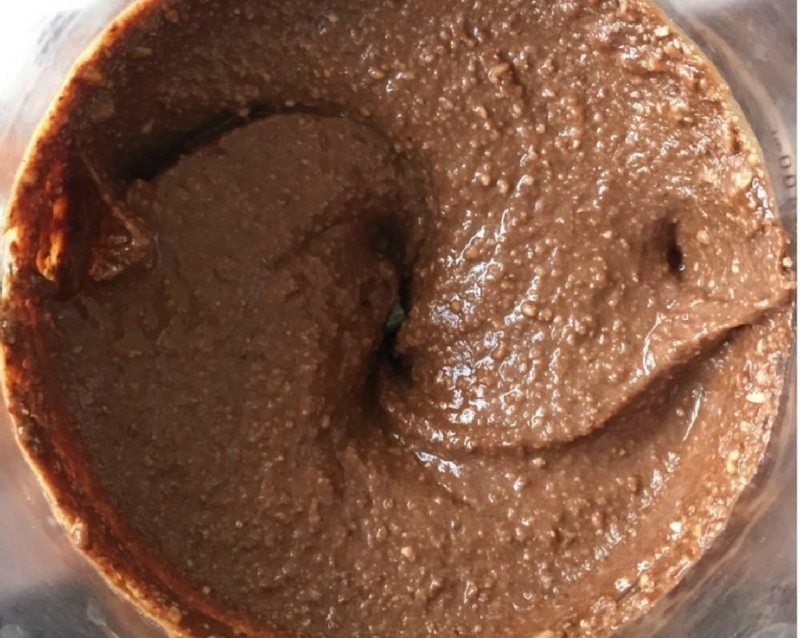
4) Gingerbread Almond Butter
As we enter into fall, what’s better than enjoying a little gingerbread almond butter? This recipe calls for a delicious mixture of fall spices, one prominent spice being cinnamon. Not only is cinnamon scrumptious, but it has also been shown to improve brain function, increase circulation, boost metabolism, fight inflammation, help blood sugar levels, and improve mood (just to name a few benefits).
Another spice used in this recipe is ginger, which is known as one of the healthiest spices in the world. Originally from Asia, ginger has been used for its medicinal purposes for nearly 2,000 years by various cultures. It’s widely used to improve digestive health, ease motion sickness, and ease nausea. It also has anti-inflammatory and anti-cancer properties.
To make this recipe a bit healthier, reduce the amount of natural sweeteners. While it calls for just a few spoonfuls of blackstrap molasses and maple syrup, it’s important to remember that natural sweeteners are still sugar. So try adding the maple syrup first and tasting it to see if you like the flavor as is. If the almond butter is sweet enough for your liking, then leave the molasses out (or vice versa).

5) Chai Spiced Almond Cashew Butter
Ground cinnamon, cardamom, ground ginger, all-spice, cloves, and nutmeg — this is another recipe that is heavy on the spices. That’s a good thing, though. You see, while spices add a huge pop of flavor, they add virtually no calories to a dish. Additionally, they’re packed with powerful vitamins, minerals, and antioxidants that benefit the body in more ways than one (as you read in #4). Many spices help to fight inflammation in the body, aid digestive health, improve circulation, and even fight cancer.
The fact that this recipe also calls for cashews means there’s even more nutrients! For example, cashews contain 20 percent of the daily recommended value for magnesium, a mineral that an estimated 80 percent of Americans are deficient. Magnesium deficiency has been linked to heart attacks, constipation, anxiety, depression, chronic fatigue, and more.
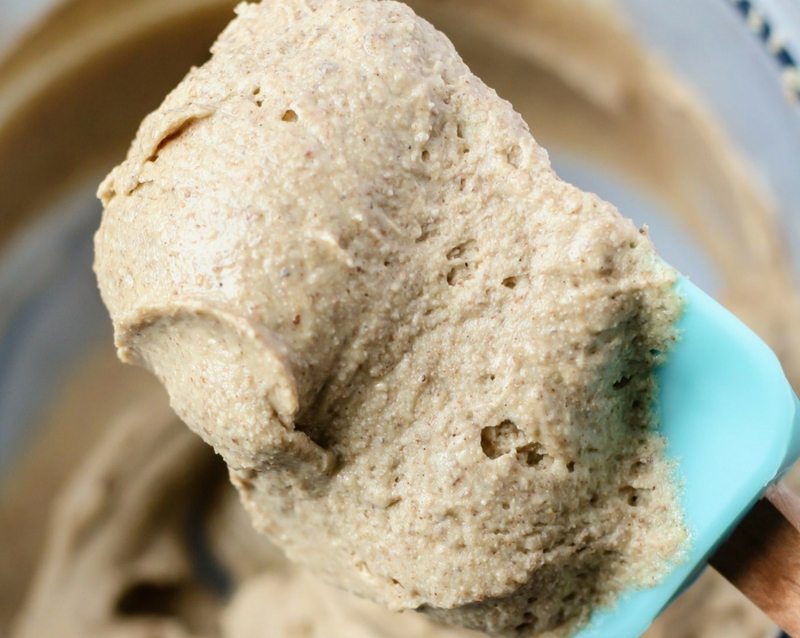
6) Vanilla Espresso Almond Butter
Move over Folgers, because the best part of waking up is vanilla espresso almond butter in your cup (OR on your spoon)! This almond butter is the perfect addition to your breakfast table since it includes whole espresso beans that can definitely help wake you up and get you ready for the day ahead! Espresso beans will do more than give your body an energy kick, though. They contain antioxidants, which help neutralize free radicals in the body. Since free radicals are harmful compounds that can damage cells, it’s important to add antioxidant-rich foods to your diet. Additionally, consuming espresso beans have been known to boost people’s mood!
Along with the health benefits, espresso beans mixed with a little vanilla extract and almonds create a unique yet delicious flavor.
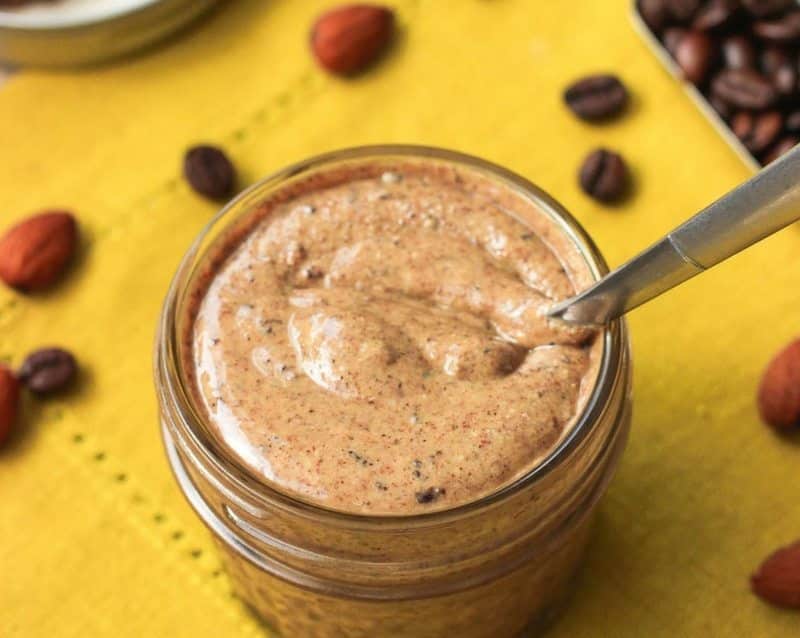
Enjoy!


